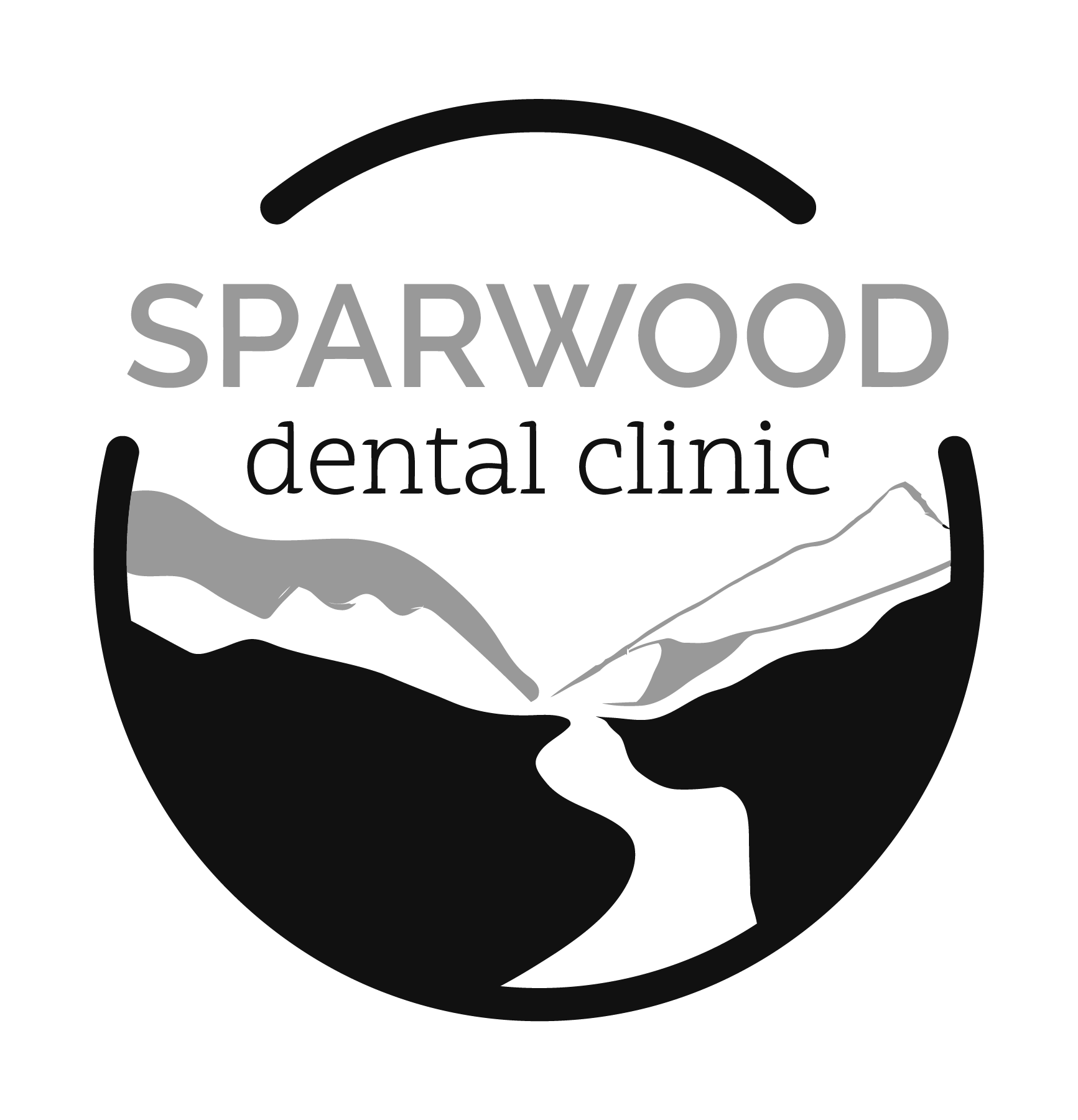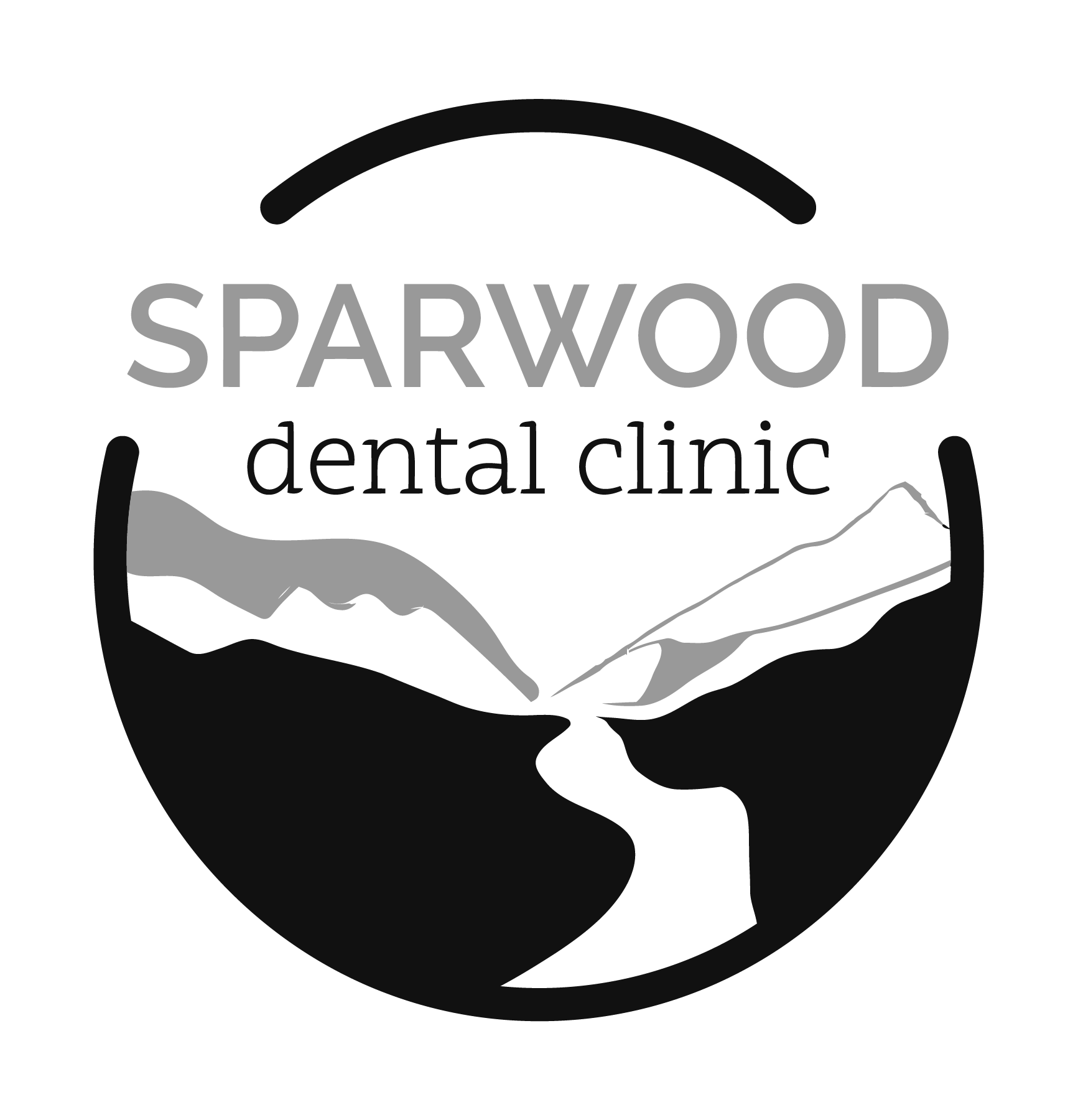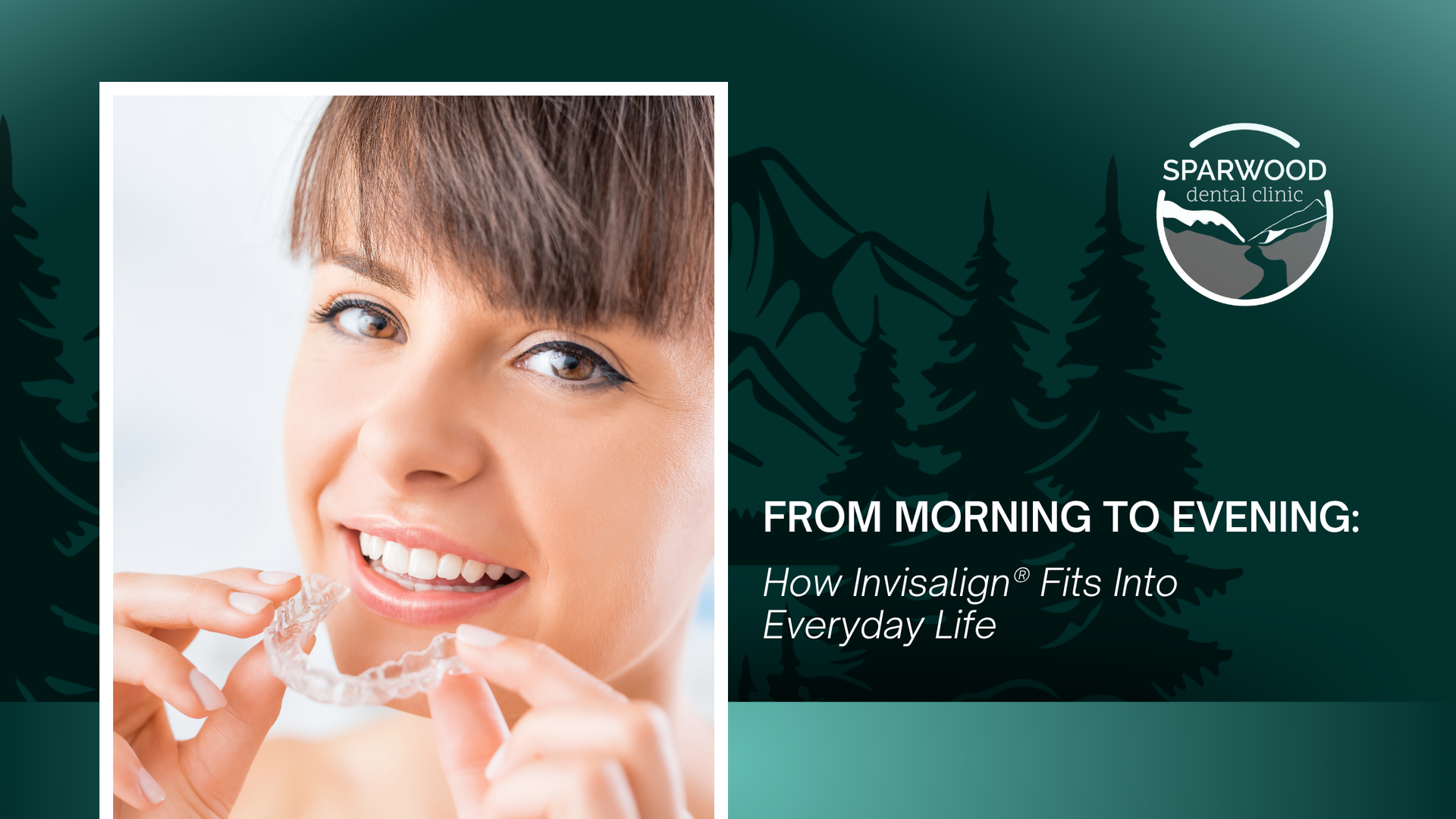Tips for Selecting the Right Toothbrush
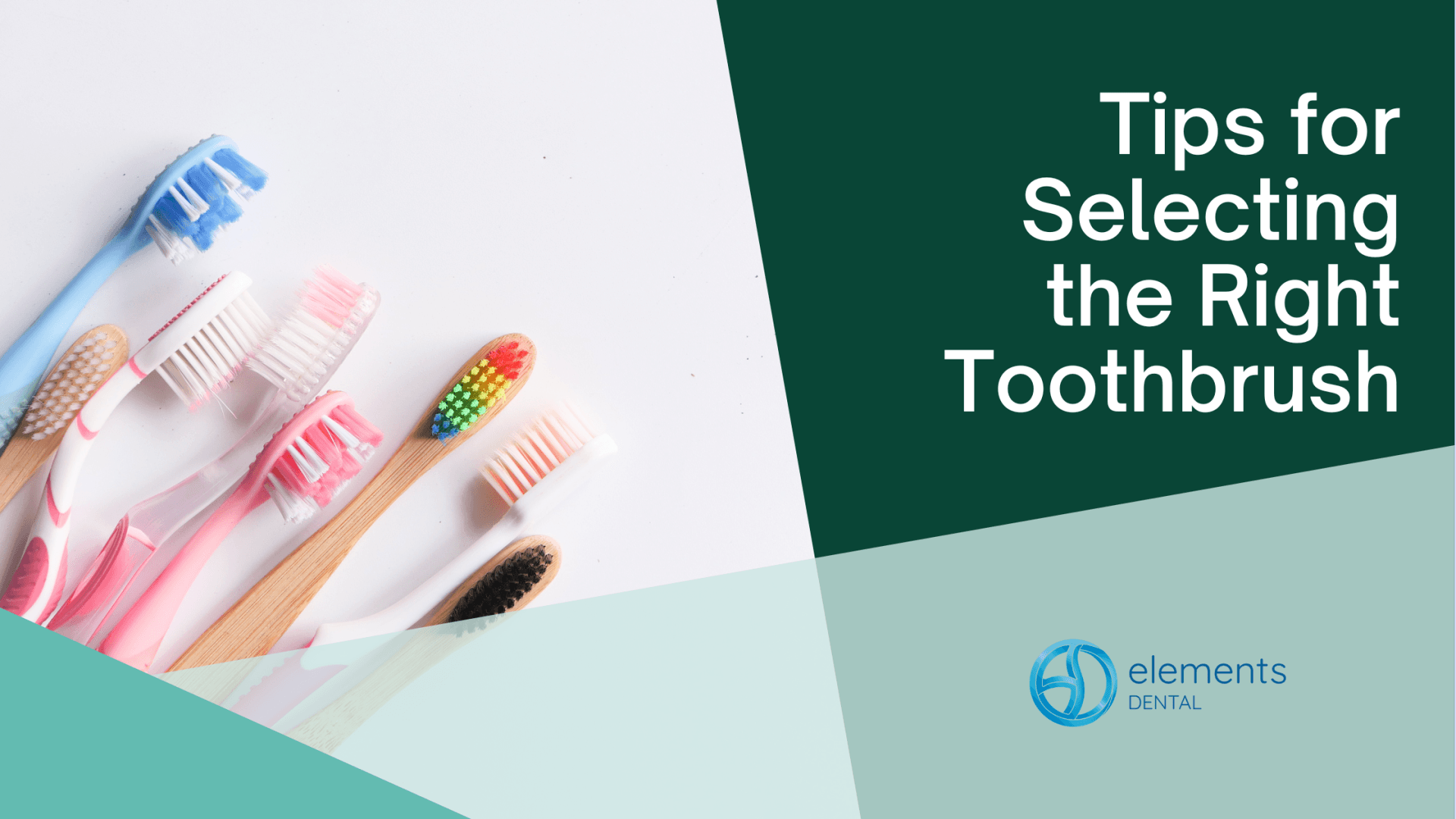
Picking out a new toothbrush can be a painstaking process that is overly thought out or a simple selection that doesn't warrant much deliberation. For an oral decision of this magnitude, you should lie somewhere in between those two ends of the spectrum, taking into account what toothbrushes are available and the best option that will help your teeth and gums remain healthy. A wide range of toothbrush products can be conducive to more questions than answers for patients due to the uncertainty as to what the recommended purchase is. Fortunately, Sparwood Dental Clinic has come to your dental rescue, summarizing what toothbrushes are on the shelves and how you can deduce which is an ideal choice.
Why You Need a Toothbrush
Brushing your teeth is essential in the oral bout versus plaque, a sticky bacteria that can build up on teeth and, without adequate care, harden into tartar. Dental cavities, tooth decay, gum disease, and tooth loss are all inevitable outcomes of extensive plaque formation, especially when you refuse to take up a proper brushing routine. Also, regular brushing helps prevent bad breath, something we can all agree will be greatly appreciated by your friends, family, and work colleagues when they come into proximity.
Types of Toothbrushes: Manual
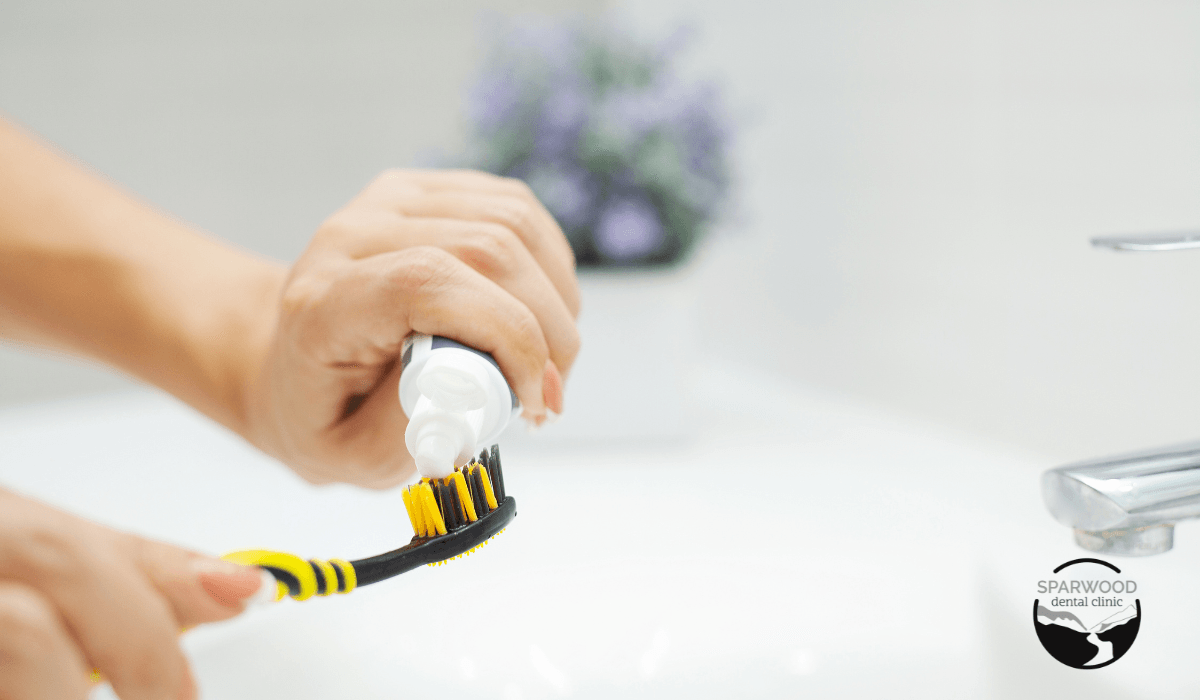
Pros: manual toothbrushes are both affordable and widely accessible, costing only a few dollars out of your pocket. Generally, your dentist will hand you a new one following your regular check-up and, as Sparwood Dental Clinic will attest, there is no debating the efficacy of a toothbrush that came directly from the source. For those patients whose countertops already resemble a condensed row of teeth with scarcely any breathing room, they will be overjoyed to know that a manual toothbrush will not make a dent in said area. With the right brushing technique (up and down, circular motions, a 45-degree angle when near the gum line), you can confidently depend on a manual toothbrush to preserve a healthy smile.
Cons: various head shapes, sizes, and bristles on manual toothbrushes can keep you in the dental aisle longer than you anticipated. The foremost drawback against manual options is the need for perfecting the brushing technique, as you will have to be adept at creating that circular, back-and-forth motion for sufficient oral cleaning. Poor technique can be your dental downfall because when you brush too hard, you are only wearing down your gums and tooth surface. While receding gums are a sign of gum disease, they can also arise from excess scrubbing with a manual brush. And manual brushes will not have built-in timers to track your brushing, putting the onus on you to ensure that ample time is given to each tooth.
Types of Toothbrushes: Electric
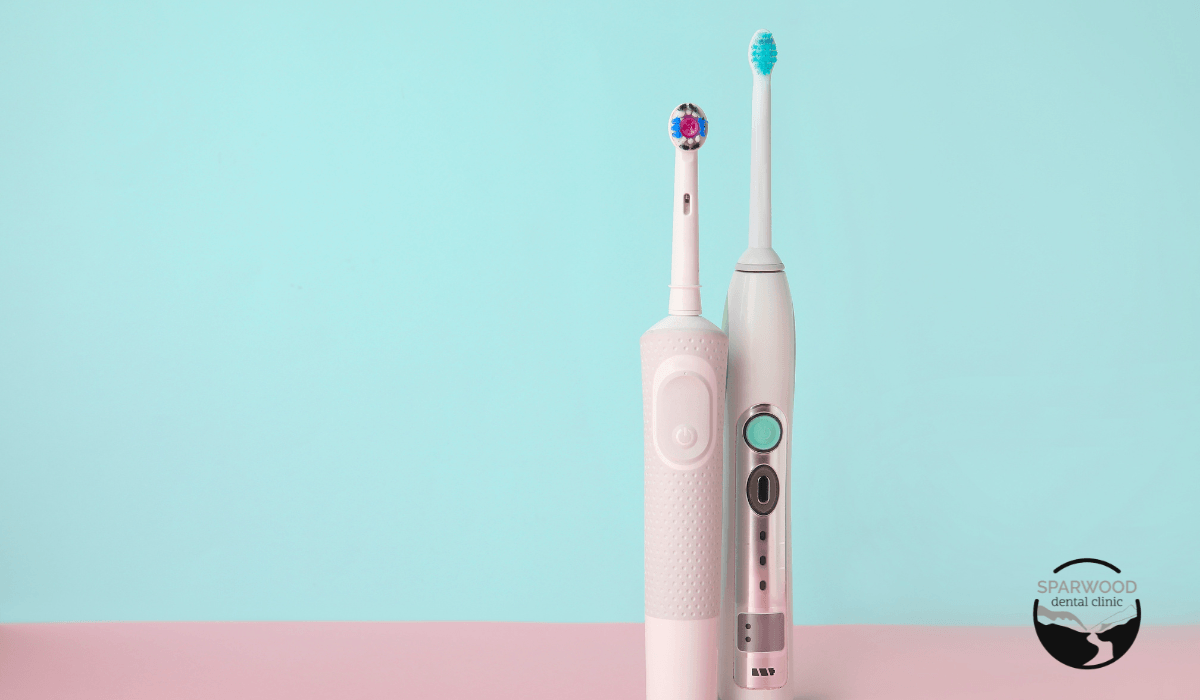
Pros: an electric toothbrush is straightforward to use. All you must do is the angle the brush head correctly; your electric brush will handle the rest. This is particularly useful for patients with mobility limitations, chronic discomfort, arthritis, and other concerns. Not only do the electric alternatives remove a significantly greater amount of plaque than their manual predecessors, but they can also effectively reach the tougher areas, like within a patient's braces. Plenty of electric toothbrushes will offer a built-in timer, a feature that is beneficial to those patients that wrap up their brushing in an all-too-quick manner.
Cons: these types of brushes are more costly and you will be obligated to replace the brush head itself every few months. Being an electronic item, a brush of this sort, though innovative and advantageous, will eventually cease to work. Then, you will return to square one and again have to buy a new toothbrush, whether it is electric or manual. Coming with its case, a charger, additional brush heads, and extra batteries, an electric toothbrush will add to the clutter laid out on your countertop. They require more maintenance than you might be willing to provide, and you will constantly wonder if you remembered to pack the charger or batteries for an upcoming trip.
Which Type of Toothbrush is Best for You
Dwelling on the merits of both a manual and electric toothbrush is likely going to put you at a standstill, uncertain what to do. Sparwood Dental Clinic is here to remind you that brushing correctly is the most important factor within this decision-making process. You are encouraged to find a toothbrush that allows you to brush properly, a goal that can be attained through either a manual or electric toothbrush. Technique and consistency, pertaining to oral health, supersede what type of brush you utilize.
How to Care for Your Toothbrush
How to keep it clean: many different types of bacteria and germs reside in your mouth. After you brush your teeth and tongue, saliva, bacteria, toothpaste, food remnants, and, when your brushing and flossing prove to be insufficient, blood stay put on your toothbrush. Rinse your toothbrush with hot water before and after using it because it will soften the bristles, releasing any toothpaste and food particles. Under the hot water, rub your thumb over the bristles for good measure and rinse it once more with cold water to help the bristles regain their firm feel. Such a method can be applied to both a manual and electric toothbrush, only the latter needs to have the brush head separated from the base before the cleaning process.
Where to store it: keeping your toothbrush on the countertop, a safe distance away from the toilet that propels droplets of water into the air following each flush, is practical and a useful means of maintaining brush cleanliness. You are essentially air drying your toothbrush after rinsing it and shaking off excess water, an advisable course of action because a moist environment triggers the growth of mold and bacteria. According to numerous studies, toothbrushes held in containers, toothbrush covers, and travel cases come into contact with more bacteria than an air-dried brush. If you are insistent on covering your toothbrush with a holder or container, then air dry it in an upright position before doing so.
How Often Should You Change Your Toothbrush
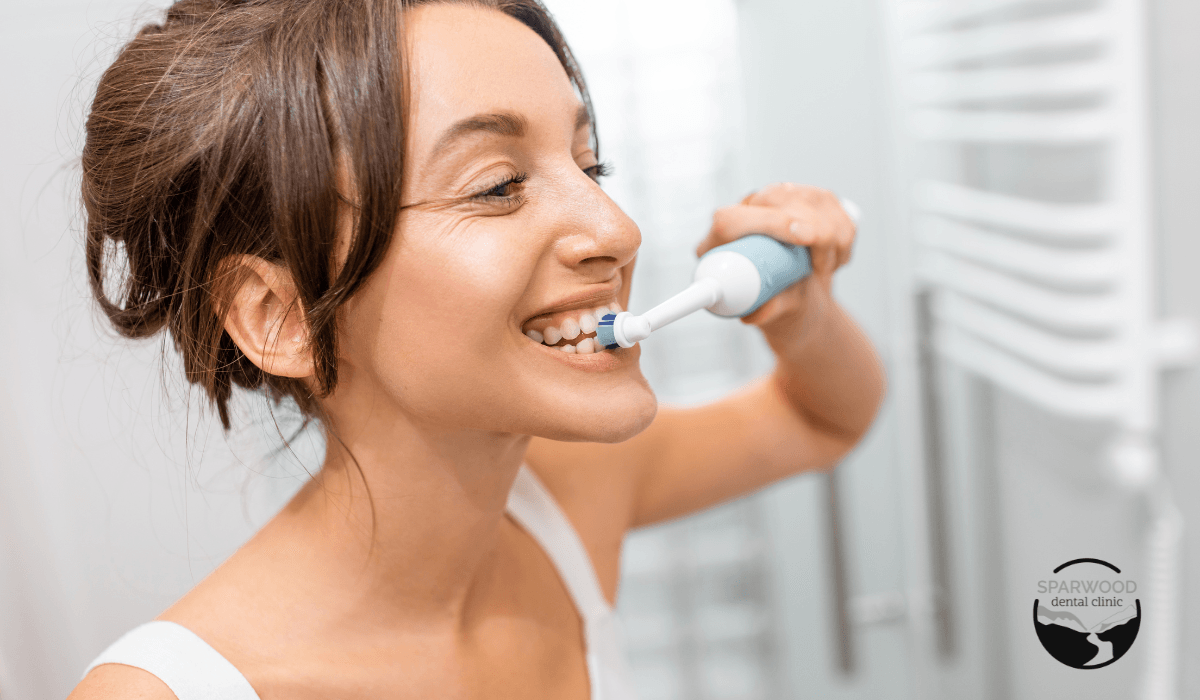
You should be swapping out your toothbrush for a new one every three to four months, as the bristles soften up and are rendered virtually useless. An electric toothbrush has shorter bristles, made of nylon, that fray faster and you can safely target the three-month mark for a new brush head, possibly sooner. When the bristles are noticeably faded, they lose the capability to competently eliminate food and plaque. Continuously working with a worn-down brush, you are doing your mouth and oral health no favors. Of course, some instances might require a replacement brush sooner than the standard timeline. Perhaps you or a family member were recently ill, in which case it is advised that you and everyone else within the household replace their toothbrush immediately. Strep throat, for example, can cause viral and bacterial infections through the toothbrush. For children, you can change their toothbrushes more frequently than the three-month period since they might nibble on the brush head or handle. And were anyone to accidentally use your toothbrush, you know what to do; toss that toothbrush into the waste bin and unpack a fresh dental tool.
Toothbrush Takeaways
A toothbrush is one of the best oral hygiene tools, requiring practiced maintenance and usage to yield the best results. Patients who are grappling with a toothbrush query and indecisiveness are welcome to contact the team at Sparwood Dental Clinic. We can help clarify any complex information, answer specific questions, and provide suggestions.
